Consider a very long K-digit number N with digits d0, d1, ..., dK-1 (in decimal notation; d0 is the most significant and dK-1 the least significant digit). This number is so large that we can't give it to you on the input explicitly; instead, you are only given its starting digits and a way to construct the remainder of the number.
Specifically, you are given d0 and d1; for each i ≥ 2, di is the sum of all preceding (more significant) digits, modulo 10 — more formally, the following formula must hold:
Determine if N is a multiple of 3.
Input
The first line of the input contains a single integer T denoting the number of test cases. The description of T test cases follows.
The first and only line of each test case contains three space-separated integers K, d0 and d1.
Output
For each test case, print a single line containing the string "YES" (without quotes) if the number N is a multiple of 3 or "NO" (without quotes) otherwise.
Constraints
1 ≤ T ≤ 1000
2 ≤ K ≤ 1012
1 ≤ d0 ≤ 9
0 ≤ d1 ≤ 9
Example
Input:
3
5 3 4
13 8 1
760399384224 5 1
Output:
NO
YES
YES
Explanation
Example case 1: The whole number N is 34748, which is not divisible by 3, so the answer is NO.
Example case 2: The whole number N is 8198624862486, which is divisible by 3, so the answer is YES.
Question Ended
In this question, in the example test case given, we have k=760399384224, d0=5, and d1=1. Now we know that a number is multiple of 3 if the sum of it’s digits is a multiple of 3. So applying it here, we separate the number n into 3 parts,
Part 1: First 3 digits -> 516 , (5+1+6) mod 3 ==0, so rem1 = 0.
Part 2: Next will be (k-3)/4 times repetition of (2486) ,or,rem2 = ((2+4+8+6)*((k-3)/4))%3= 1
Part 3: the last (k-3)%4 =1 digits which will be 2 (from 2486 repetition) , so rem3 = 2%3=2
So the final answer should be (rem1+rem2+rem3)%3
and I wrote the following code for this logic:
#include<iostream>
#define ll long long
using namespace std;
int main()
{
int t;
cin>>t;
while(t--)
{
ll k;
cin>>k;
int d0,d1;
cin>>d0>>d1;
int d2 = (d0+d1)%10;
int d[4];
d[0] = (d0+d1+d2)%10;
d[1] = (2*d[0])%10;
d[2] = (2*d[1])%10;
d[3] = (2*d[2])%10;
ll rem1 = (d0+d1+d2)%3,rem2,rem3=0;
rem2 = (20*(((k-3)/4)%3))%3;
ll x = (k-3)%4;
if(x!=0)
{
for(int i=0; i<x; ++i)
rem3+=d[i];
rem3 = rem3%3;
}
else
rem3 =0;
if(k==2)
{
rem1 = (d0+d1)%3;
rem2=0;
rem3=0;
}
if((rem1+rem2+rem3)%3==0)
cout<<"YES"<<endl;
else
cout<<"NO"<<endl;
}
}
Now they’re giving me WA in their test cases. And I cant think of a possible test cases which doesn’t work with this code. So somebody help me out please.
